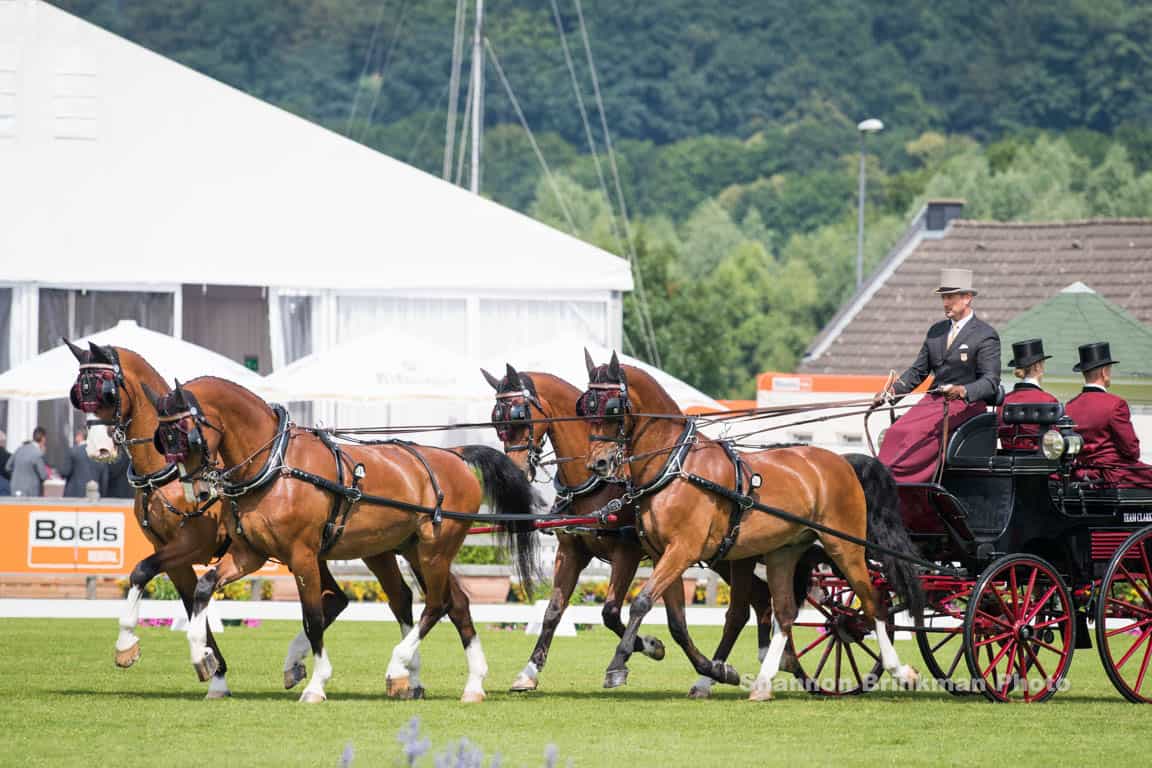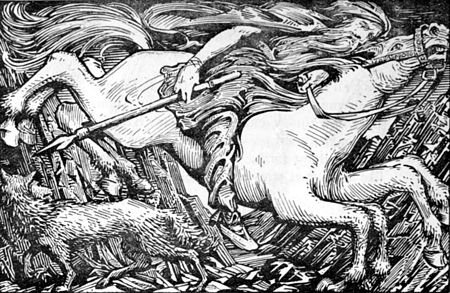I love listening to experienced, talented equestrian clinicians teach. In live lessons with horses, things regularly happen faster than you can talk about them. Good clinicians have honed their language to a hard whittled essence to get their point across succinctly, adroitly and with power in brief phrases they have learned to rely on over time because they are quick, powerful and effective.
Much of what happens between horse and rider or driver are "taste-like-chicken" moments. It's mostly about the timing and feel of pressure and release. The 'feel' on the rein is like....Like what? 2 lbs of pressure? Not quite right. Holding the hand of two year old child learning to walk? Closer, maybe. It should feel like butter? Like squeezing a sponge? Not really. The description of feel and timing is almost always LIKE something else.
First, the imagery has to be correct. Then it has to be meaningful to the rider/driver. Which does the rider understand better: put your heel down or point your toe up? Then it has to be brief, e.g. before the next need for instruction comes along two strides later. It has to be memorable. What good is a lesson without retention?
So, you are wondering what this image has to do with all of this.
This is a LIMPET
I was describing to a new driving student, who comes from the riding world, the concept of offering her horse instruction and staying out of his way so he could accomplish on his own what was asked. Basically, showing the horse the way to self carriage. She instantly nodded in recognition and acknowledged she has been repeatedly told by her riding dressage instructor that she interferes too much.
I have a theory about a key difference between riding and driving: It may be more difficult to not interfere with riding horses because one simply has more tools available under saddle. There is the direct physical contact of the seat, thigh, calf and ankle and the influential weight and balance of the rider, none of which is available to the driver. Because there are more tools, there is a natural tendency to want to use them to get the most out of the horse. Actually, sometimes to over-use them.
With a driving horse, the better strategy is to create the horse you want out in front of you. He is, after all, literally going to get there before you do! And if you become good at creating the horse out in front of you....say, 1/4 of the way... 1/2 way around the circle...at the end of the long side of the ring....you should not have much to FIX when you get there. It is far more successful strategy to create the horse you want in advance, than to wait to fix the horse you have.
So....my student told me her riding instructor reprimands her for excessive interference by saying: "Stop interfering!
You're on your horse like a limpet!" An artful image! Correct, meaningful, brief, and memorable! Provided, of course, you know what a limpet is and how they operate!
From Wikipedia:
True limpets are capable of locomotion instead of being permanently attached to a single spot. However, when they need to resist strong wave action or other disturbances, limpets cling extremely firmly to the surface on which they live, using their muscular foot to apply suction combined with the effect of adhesive mucus. It often is very difficult to remove a true limpet from a rock without injuring or killing it.
I thanked her for that image. I am sure I will hear that phrase erupt out of my mouth at just the right instant in some lesson down the road.
















